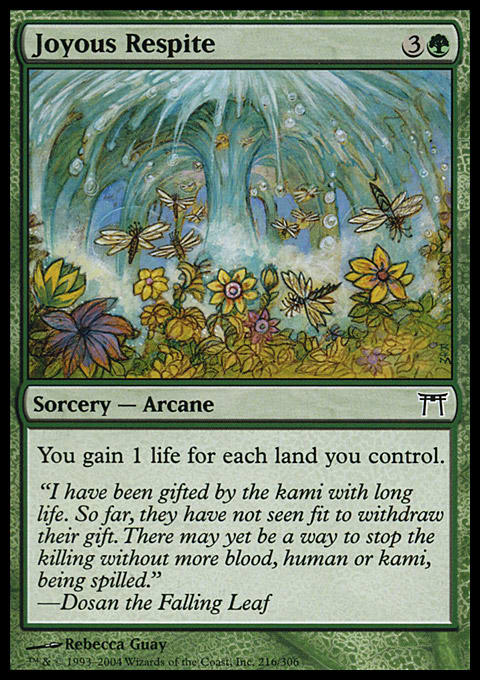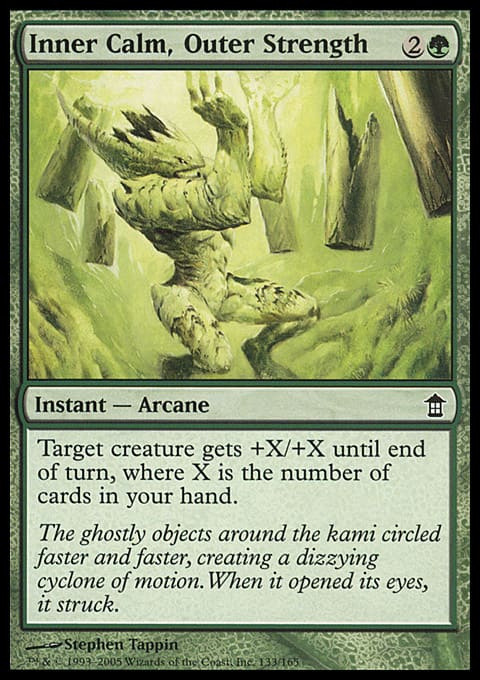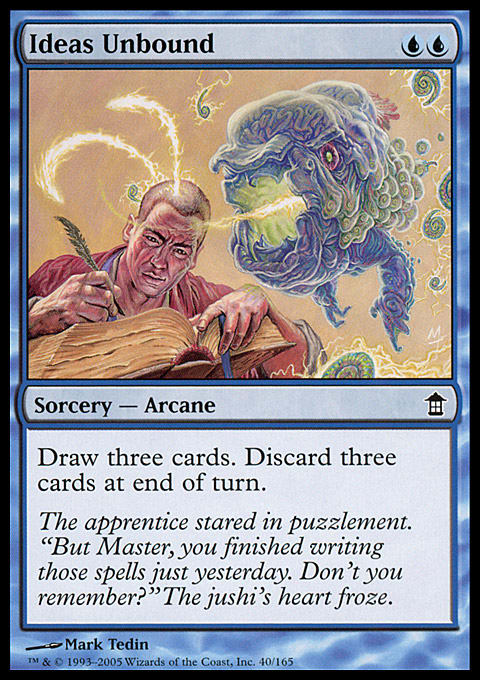Last April, I wrote an article on a topic of great interest to me: self-compassion. While many people pride themselves on being compassionate to others, I find it far less common or valued to extend that consideration to ourselves.
In my previous article, I explored one of the core concepts of self-compassion, self-kindness, and how we can practice it when we are tilting or otherwise struggling at a tournament. Although deceptively gentle, a quality not often associated with high achieving, the topic appeared to resonate with many people. In fact, one person totally made my day by letting me know the approach had made that person much more relaxed and clear-headed. Today, I want to share with you another core concept of self-compassion: mindfulness.
I grew up reading my grandfather’s Zen Buddhist books (I am one-quarter Japanese), so I became familiar with these concepts at a very young age. It has been funny to me to overhear other practitioners in my office discovering something like walking meditation, totally captivated—“You just walk. Not to get somewhere! Just to experience walking!” To people immersed in the action-oriented mainstream American culture, the premise is . . . well, foreign.
And as it turns out, the premise is also very valuable. It is a key part of many modern therapy treatments, such as Dialectical Behavioral Therapy and Mindfulness-Based Stress Reduction, and it is effectively applied to sports psychology (reviewed in Moore 295–296). In the mainstream media, it has been popularized by writers such as Thich Nhat Hanh and Jon Kabat-Zinn.
But what is mindfulness? Sports psychology gives us a really nice illustration by contrasting with what it is not. Previously, training approaches focused on controlling internal states to reduce mental distractions and increase “positive” outcomes such as confidence, but it has become increasingly apparent that this may not actually led to improvement in performance (reviewed in Moore 293). Instead, improvement is tied to awareness and acceptance of whatever state the competitor is experiencing.
This awareness and acceptance is the core of mindfulness. Kristen Neff, who developed the concept of self-compassion, explained mindfulness as “ . . . the clear seeing and nonjudgmental acceptance of what’s occurring in the present moment” (ch. 5). But how do we even achieve that?
Reperceiving
One model proposes that mindfulness works through the process of reperceiving, or allowing us to experience what is happening to us in a more productive way (Shapiro et al. 377). Similar to how we often find it easier to be kind to someone else than to ourselves, it is very difficult to see our own experiences objectively.
Neff refers to this as overidentification: being absorbed in what we’re experiencing to the extent that we can’t see it any other way (ch. 5). The day is terrible, our opponent is a jerk—our negative reaction seems inevitable. In my recent articles, I talked about my own struggles with conceding prematurely when my anxiety level grew too high. From a mindfulness perspective, I was caught up in the idea that I’m in pain, and the only possible way to handle this is to do something that will make it go away right now.
“Tilting” can be described as the situation in which overwhelming emotions lead to poor decisions, in terms of play errors or regrettable behavior. When we are tilted, we often don’t pull back to reperceive—to recognize that the anger or disappointment or shame is an internal experience that is shaped by our perception and will pass in time. The emotions may be unpleasant, but we are not going to die of them. And when we do recognize this, we are liberated to act on the emotions or not act on them as is best for the situation.
Attention
One theory of mindfulness breaks it down into three components: intention, attitude, and attention (Shapiro et al. 375). The first two I will cover later in the article, when exploring how mindfulness contributes to self-compassion. But first, let’s look at attention.
As I previously mentioned, competitive Magic can bring up a lot of painful emotions. Disappointment, anger, even shame and self-blame for perceived failures. This often leads to an ugly cycle as those mistakes and their consequences feed the negative emotions Mindfulness can reduce this effect by helping us to calm our behavior and keep our attention on what’s important (Neff ch. 5).
When we are overidentifying with a painful experience, our view of the situation is distorted by the thoughts and beliefs that we attach to it (Borkovec, qtd. in Shapiro et al. 381). “I’m frustrated because I lost” can quickly chain into “I’ll never have a Top 8 finish” or “My team must be so disappointed in me” or “My opponent is a jerk,” depending on context and our own personal tendencies. Following these lines of thought too far can lead to unwise actions such as giving up, avoiding teammates who would have given us support, or earning ourselves an Unsporting Conduct penalty.
In contrast, mindful attention stays present with the original pain and gently pulls us back from the tangential paths we try to wander down (Shapiro et al. 376). It also allows us to focus on the situation and the problem to be solved instead of being distracted by our automatic reactions (Shapiro et al. 381). When we carefully direct our attention toward aspects of our internal state, we naturally have to take a step back, recognizing our emotions as temporary and becoming aware that a part of us can avoid being swept away (Shapiro et al. 378–9).
For those of us trying to use these skills in a high-pressure environment, such as a tournament, it is valuable to practice them ahead of time. Both Berkeley and Harvard offer exercises for deliberately directing your attention. This is a key skill for being able to step back and reperceive (Shapiro et al. 377).
Nonjudgment
The other two components, intention and attitude, reflect how we interact with the emotion once we are attending to it. Intention refers to keeping in mind why we are being mindful (Shapiro et al. 375)—in this case, to be more compassionate to ourselves and/or to tighten up our performance. And attitude refers to the way we put that intention into practice (Shapiro et al. 376).
Once we do begin attending to our original distress without becoming caught up in our reactions or our beliefs about the situation, we are still vulnerable to a specific kind of distracting thought: that of trying to fight against the pain. Indeed, one of the paradoxes of mindfulness is recognizing that pain is internal and subjective but also very real to you. In her book, Neff talks about a meditation teacher who used to say that “Suffering = Pain × Resistance” (ch. 5).

Resistance can take the form of fighting the situation (“It’s not fair”) or fighting our own experience (“It’s silly for me to feel this way”), but either way, it adds a new and unnecessary layer of distress (Neff ch. 5). Instead, it is suggested to take an attitude with the idea, “May I bring kindness, curiosity, and openness to my awareness . . . ” (Shapiro et al. 377). This guides us into the use of self-kindness and allows us to respond to our own needs compassionately instead of undermining ourselves with impulsive reactions.
In time, we can see that frustration and disappointment are natural parts of the competitive experience rather than dangers to be avoided or fought off. When we can shepherd ourselves through these periods compassionately, they no longer seem so threatening. That said, this is a skill that has to be learned, and Neff thoughtfully created a number of guided meditations to help us do just that. Through these exercises, she gives us the steps and the vocabulary we need to even the most painful present in an affectionate and accepting way.
Try It Out
These exercises can help you prepare for your next event, whether it’s Friday Night Magic or the Pro Tour. I have found a mindfulness-based approach to be incredibly helpful both for competition and throughout the rest of my days. (Thich Nhat Hanh may not be a scientist, but he sure says a lot of smart things about being alive.)
As with the person who reported back on that person’s own self-kindness experience, I always love hearing how these things worked out for people. I hope it will improve your performance. I hope it will help you reach your goals. And if you still encounter setbacks, as we all do, I hope it will bring you peace as you keep moving forward.
Works Cited
- Moore, Zella E. "Theoretical and Empirical Developments of the Mindfulness-Acceptance-Commitment (MAC) Approach to Performance Enhancement." Journal of Clinical Sport Psychology 25.4 (2009): 291–302. Web.
- Neff, Kristen. Self-Compassion: Stop Beating Yourself Up and Leave Insecurity Behind. New York: HarperCollins, 2011. eBook.
- Shapiro, Shauna L., Linda E. Carlson, John A. Astin, & Benedict Freedman. "Mechanisms of Mindfulness." Journal of Clinical Psychology 62.3 (2006): 373–386 .
























